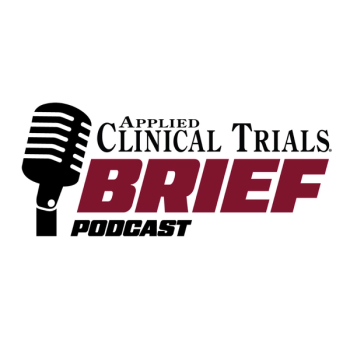
Have You Seen Your Site Monitor Lately?
Medidata
As the industry is coming to know, risk-based monitoring can significantly reduce study monitoring costs through the promise of reducing on-site visits. Over the past few years, there has been a downward trend in the number of visit days per year, per site across the clinical trial landscape, as supported by data pulled from the Medidata InsightsTM metrics warehouse (Figure 1).
Based on this trend, some might assume there would also be a similar reduction in the query open rate of site monitors coupled with a corresponding uptick in the number of data manager queries—indicating possible “compensation” for mistakes/inconsistencies not captured by monitors.
However, based on the analysis depicted in Figure 1, the number of site monitor and data manager queries has remained relatively flat since 2010. Conversely, there was an increase in the rate of auto queries—those generated programmatically by the electronic data capture (EDC) system in response to electronic case report form (eCRF) data entries that violate rules/boundary conditions. Auto queries are generated at the time of data entry and flag many of the data errors that would otherwise be manually detected by site monitors or data managers. Since the per-query cost for auto queries is significantly lower than that for manual queries, using edit check/auto query technology delivers a more attractive return on investment (ROI) than manual queries. Further, the analysis revealed a 16% increase in the frequency of auto queries over the three-year period that inversely corresponds to a 28% decrease in the site visit rate.
Based on this analysis of the data, we conclude that the higher rate of auto queries is not specifically related to the decrease in on-site monitoring, but rather a result of increased adoption of the edit checking technology inherent in most EDC systems. This is a positive sign that the industry is maturing in its use of EDC and realizing the tremendous value this capability offers toward ensuring data quality. The results may also indicate that site monitors are becoming more efficient since their query rates remain level for both on- and off-site queries, even though they’re spending fewer days at sites year after year. So even though sites may not be seeing their site monitors as frequently, they can rest assured knowing their query rate remains the same!
Newsletter
Stay current in clinical research with Applied Clinical Trials, providing expert insights, regulatory updates, and practical strategies for successful clinical trial design and execution.






.png)



.png)



.png)
.png)
